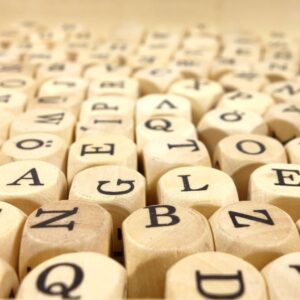The German Alphabet: A Brief Overview
The German Alphabet: A Brief Overview
In Germany, the alphabet consists of 26 letters, just like in English:
A, B, C, D, E, F, G, H, I, J, K, L, M, N, O, P, Q, R, S, T, U, V, W, X, Y, Z
Additionally, there are three German umlauts: Ä, Ö, and Ü, as well as a unique ligature: ß. While some letters in German sound similar to their English counterparts, others have subtle differences. Listening to the German alphabet a few times will help you recognize these sounds.
Don’t be confused by the special letters ä, ö, ü, and ß. They play an essential role in the German language.

German alphabet
Origins and Evolution
The German alphabet has a fascinating history. It traces back to ancient Greece during the Roman Empire. Educated Greeks developed new writing systems, and the Greek alphabet eventually made its way to Italy through Julius Caesar’s conquests. From there, it spread across Europe, gaining popularity in Germany.
In the past, schools and orphanages taught children to write using chalk and papyrus. Interestingly, kids often taught their parents how to write with these letters, leading to the creation of the German alphabet.
Structure and Sounds
Each letter in the German alphabet represents a specific sound. The order of the letters follows the Greek tradition: alpha, beta, gamma, delta, epsilon, zeta, eta, theta, rho, sigma, and nu. For instance, ‘1’ resembles ‘a,’ and ‘z’ corresponds to ‘z.’
Capitalization matters too. Different forms distinguish between uppercase and lowercase letters. This distinction, known as “cacing,” helps readers identify words.
Moreover, diacritical marks modify the shapes of certain letters. These marks, called “makring,” primarily affect vowels.
Word Formation and Beyond
The German language relies on the alphabet as its basic word-building unit. For example, the word “abcde” (ABCD) combines individual letters with spaces in alphabetical order: A BC DE. This arrangement serves as the word’s skeleton and indicates its part of speech.
Letters can also form prefixes or suffixes, creating new words or altering existing ones. As society evolves, the German alphabet undergoes revisions to adapt to changing communication needs.
Today, it stands as one of the world’s most popular writing systems due to its versatility and user-friendly design. German speakers find it easy to read and write, and the alphabet continues to shape society by fostering new ideas and vocabulary.

